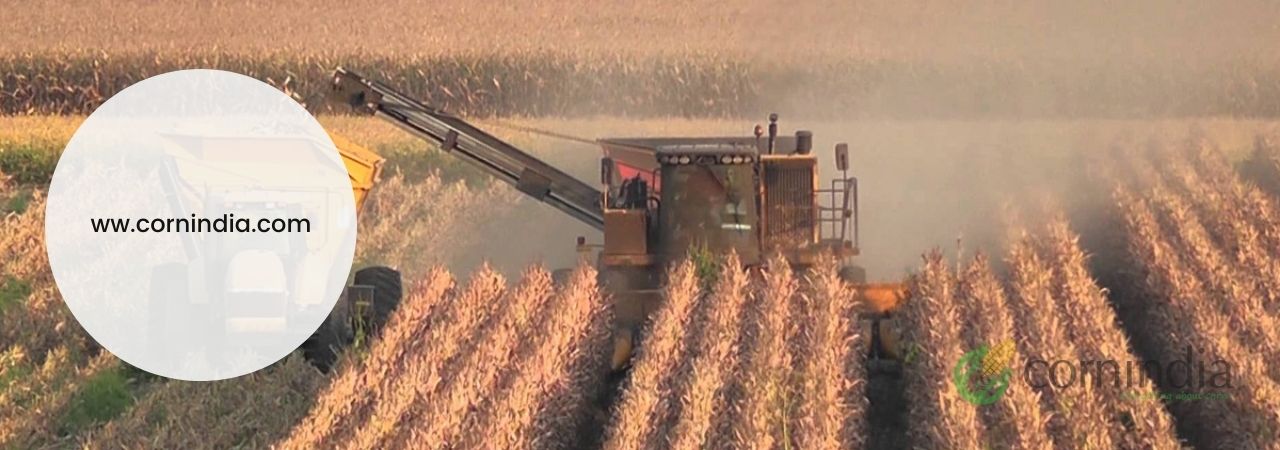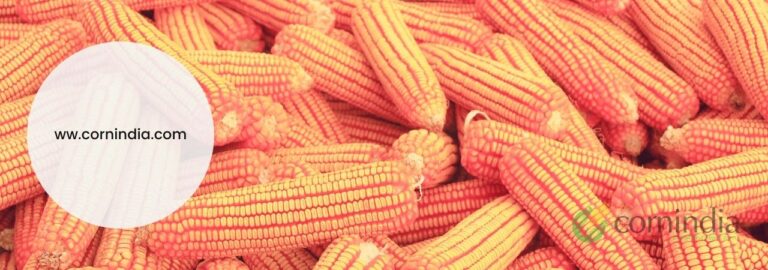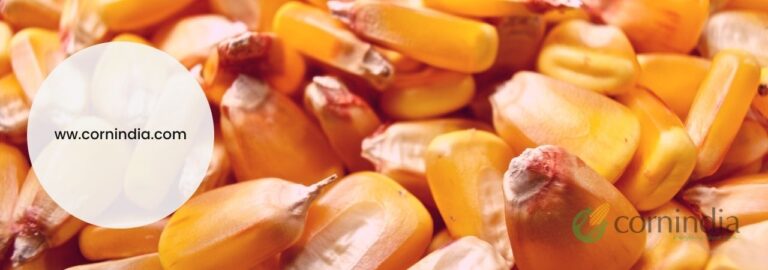
Hybrid seed production technology of maize in Andhra Pradesh has great potentialities in contributing to total food production in India. It is cultivated in about 0.3 million ha in Andhra Pradesh especially in the districts of Karimnagar, Warangal, Nizamabad, Adilabad, Medak and Ranga Reddy. Hybrid seeds are produced in Nizamabad, Guntur and West Godavari districts. In these districts, mainly yellow maize with flint grain is preferred. The crop is grown mainly for grain purposes; in urban areas it is raised round the year for green cobs and green fodder.
Breeders have developed several high-yielding hybrids of maize in recent years. These have made a major contribution to increase food production. Several of these hybrids are attractive to seed industry, because of higher profit margin as well as the farmers have to buy the hybrid seed each year.
Table of Contents
Use of hybrid maize has resulted in the development of new enterprises like production, processing, sale and distribution. The seed industry consists of several components like research, production, quality control and marketing.
The plant breeder who develops the strain provides specific genetical and morphological characters based on which the cultivar can be identified. Hybrid seed production technology of maize consists of 3 stages.
Breeder’s seed: It is directly controlled by the breeder. It is generally produced in limited area, either cy hand pollination or in isolation under the supervision of the breeder and monitored by a team.
Foundation seed: It consists of production of single crosses by sowing male and female parents in 2 : 4 row ratio. Detasseling is done in female rows after removing off-types, diseased and unwanted plants, if any. Certification are maintained under the guidance of monitoring team consisting personnel’s from the National seed corporation, seed Certification Agencies, breeders from agricultural universities and ICAR nominees.
Certified seed: Male and female single crosses are sown in2:6/2:8 ratio. Female plants are detasseled at appropriate time after removing all off-types, diseased and undesirous plants, if any. Certification standards are maintained as per norms under the guidance of the monitoring team (Table 2 and 3). The seed obtained on female rows is called the certified seed. It is labeled as hybrid seed and sold to the farmers for commercial cultivation.
Factors affecting maize seed production
Planting ratio: A uniform planting ratio of 2:4 for foundation seed production and 2:6 for certified seed production plots has been recommended. Maize inbred vary in respect of plant height, tassel size, branches, the amount of pollen produced, and duration of pollen availability. Sometimes, this factor may pose problem to the producers.
Non-Synchronization of flowering: Good seed set in seed parent can be achieved by chronological adjustment of pollen shedding and silking (Nicking), and by prolongation of effective flowering period, planting design, efficient alteration of rows, planting ratio and staggered planting.
Genetic drift: The danger of genetic change in cross pollinated crops like maize is prominent. Plants of different types, if permitted in a line, may be susceptible to selection resulting in complete shift in the average performance of a line over a period of time, if produces repeatedly in smaller plots.
Detasseling: All tassels must be removed from the female rows before they have shed any pollen.
Mutation: Seed under storage is reported to have increased frequencies of chromosomal aberrations and point mutations.
Mechanical admixtures: these can be avoided by taking due precautions at harvesting, seed setting, bagging and storing operations.
Roguing: Based on district and diagnostic characters furnished by the breeder, rouging has to be performed in seedling stage, flowering stage and at the time of harvesting by seeing the plant and ear characters.
Physiological maturity: The crop should be harvested at proper stage of maturity to minimize qualitative and quantitative losses.
Seed size: Grading of seed is important as it avoids smaller as well as under developed and damaged seeds. Smaller seeds had good germination, but under stress conditions their performance was significantly affected.
Storage: Proper care of the seed for aeration, temperature, humidity, seed treatment, etc. should be taken from time to time.






